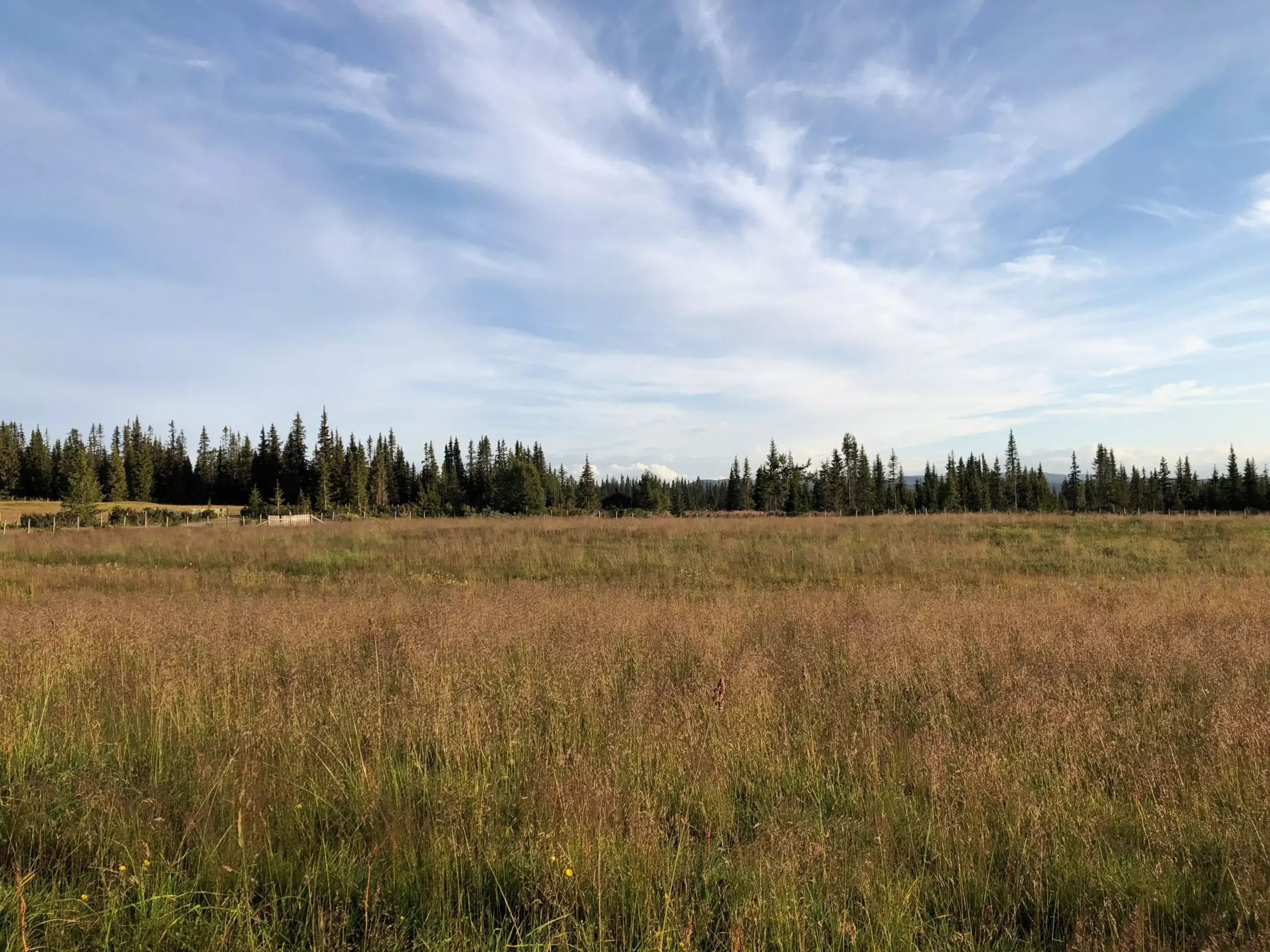As climate change accelerates, it is transforming the global landscape and reshaping the availability of vital resources like food and timber. The urgency of this issue has been highlighted in recent research from the University of Cambridge, revealing that climate change is not merely warming our planet but also redefining where we can grow the essentials for modern life. As suitable agricultural land shifts, a pressing competition emerges between the land needed for food production and that required for timber. This article delves into the implications of this competition, the regions affected, and the broader consequences for society.
The Shift in Suitable Land
Among the dramatic changes condemned by climate change is the migration of agricultural zones, which are moving towards the north, enticed by rising temperatures. As British vineyards proliferate, showcasing the beneficial side of climate shifts for certain crops, the research points to the sobering reality: the land needed for timber is running out. The study notes that by 2100, roughly 320 million hectares of current forestry—an area larger than India—could become suitable for agriculture. The implications of this shift are far-reaching and complex.
The overloaded land is especially problematic in northern regions where timber production currently thrives. Countries like the United States, Canada, China, and Russia hold 90% of the forestry land that may transition to agricultural use. Notably, Russia is projected to lose significant tracts of timberland to burgeoning agricultural endeavors, creating a paradox where the same land could generate both food and timber, but likely at a significant environmental cost.
The current trends showcase an alarming clash between two critical needs: timber and food. Timber contributes over $1.5 trillion annually to the global economy. Meanwhile, global food demand is anticipated to double by 2050, spurred by population growth and rising affluence. Both sectors face increasing strain from climate variability, but there is a looming fear that timber production may take a backseat as agricultural pressures mount. Understanding this balancing act is crucial as societies increasingly rely on wood as a sustainable building material.
As Dr. Oscar Morton notes, there is only a finite amount of suitable land for these essential resources. The shrinking window for timber production is compounded by the slow growth cycles of trees compared to the rapid turnover of agricultural crops. For instance, trees take decades to mature, while our food systems are designed for quicker yields, adding another layer of complexity to this contest for land.
The competition between food and timber production poses severe risks for our environment. The encroachment into primary forests and untouched ecosystems for agriculture could be catastrophic. Tropical forests are some of the most biodiverse areas on the planet, and their degradation threatens countless species and the overall health of our biosphere. This competition could lead us down a dangerous path where short-term agricultural gains overshadow the preservation of invaluable natural habitats.
Additionally, climate change itself is causing forest loss through factors like heatwaves and wildfires, while pests such as the Bark Beetle are spreading more aggressively due to changing climates. These challenges add further pressure to an already vulnerable timber industry.
To address this looming crisis, it is paramount for stakeholders to develop long-term strategies that ensure sustainability and balance between timber and food production. Acknowledging that both resources are interconnected is critical; neglecting one in favor of the other could lead to disastrous effects. Future planning must incorporate sustainable land use practices and proactive reforestation efforts to maintain the availability of timber, even as we expand our agricultural land.
Despite the daunting nature of these challenges, better management practices, greater investment in sustainable forestry, and collaborative efforts between agricultural and timber industries can create routes towards harmony between food security and wood supply. As Dr. Bousfield aptly points out, while securing food may appear more immediate, wood’s integral role in our daily lives cannot be understated.
The University of Cambridge’s study serves as a clarion call to action. As climate change continues to reshape our world, the narratives surrounding food and timber production must evolve. By fostering a deeper understanding of these intertwined challenges and pursuing collaborative strategies, society can work towards ensuring that both food and timber remain abundant and sustainable for generations to come. In the face of climate change, the need for a holistic approach has never been greater.


Leave a Reply